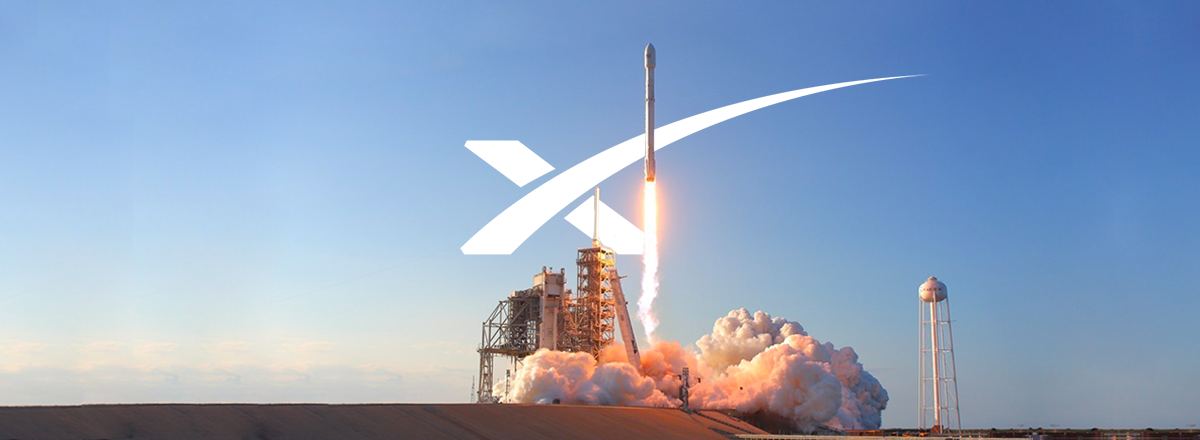Elon Musk's SpaceX and NASA sent an international crew of four astronauts to the International Space Station, following a successful launch of the first NASA-certified commercial human spacecraft system designed for crew transportation. This is the first regular crewed mission by a private company commissioned by NASA. The launch was broadcast on the agency's website.
Falcon 9 launches Crew Dragon on its first operational flight with astronauts on board, beginning regular crew flights to the @space_station from the U.S. pic.twitter.com/C8oBqMcAuj
— SpaceX (@SpaceX) November 16, 2020
SpaceX's Crew Dragon with a Falcon 9 launch vehicle was launched from Launch Complex 39A at the Kennedy Space Center, Florida, at 7:27 PM ET. The Crew Dragon spacecraft separated from the rocket’s upper stage 12 minutes after liftoff. The first stage of the rocket landed in the Atlantic Ocean nine and a half minutes after launch.
“NASA is delivering on its commitment to the American people and our international partners to provide safe, reliable, and cost-effective missions to the International Space Station using American private industry,” said NASA Administrator Jim Bridenstine. “This is an important mission for NASA, SpaceX and our partners at JAXA, and we look forward to watching this crew arrive at station to carry on our partnership for all of humanity.”
The crew is go for launch pic.twitter.com/HqJGin0gg7
— SpaceX (@SpaceX) November 16, 2020
On board of the Crew Dragon named Resilience, there are NASA astronauts Michael Hopkins, Victor Glover, and Shannon Walker, along with Japan Aerospace Exploration Agency (JAXA) astronaut Soichi Noguchi.
A @SpaceX Falcon 9 rocket carrying the company's #CrewDragon spacecraft is launched with @Astro_illini, @AstroVicGlover, Shannon Walker, and @Astro_Soichi onboard, from @NASAKennedy to begin a six month mission onboard the orbital outpost. pic.twitter.com/zXYkUbxCVS
— Intl. Space Station (@Space_Station) November 16, 2020
The four Crew-1 astronauts joined NASA astronaut Kate Rubins and Russian space agency Roscosmos cosmonaut Sergey Ryzhikov and Sergey Kud-Sverchkov, who arrived at the station last month on a Soyuz spacecraft.
The spacecraft is called Resilience to highlight the dedication of the teams who work as part of the Crew-1 mission as well as show that there is no limit to what we can achieve if we work together.
This is Crew Dragon's second crewed flight (the previous one took place in May and was a test flight) and the first under a contract between NASA and SpaceX.
It is important to note that SpaceX sent four people into space for the first time. Before that, it launched two astronauts, Dough Hurley and Bob Behnken) in May. They were taken to the station and then returned safely to Earth. Russian Soyuz spacecraft accommodates no more than three people. Agreements with private companies will allow NASA to eventually abandon contracts with Roscosmos, which delivered American crews to the ISS.
NASA says that the Crew-1 mission marks the beginning of a new era, where private companies will be responsible for sending astronauts to low-earth orbit.
As of this writing, Resilience has successfully docked to the forward port of the station’s Harmony module.
The hatches are open and NASA's @SpaceX Crew-1 astronauts Shannon Walker, @Astro_Soichi, @AstroVicGlover, and @Astro_illini are the newest residents aboard the @Space_Station. Welcome aboard! pic.twitter.com/WYwC7jRVQk
— NASA (@NASA) November 17, 2020
The initially planned launch date of the Crew-1 mission was 2:40 AM ET on October 31. Nevertheless, the American space agency announced the postponement of the mission to early-mid November due to Falcon 9 engine issue.













